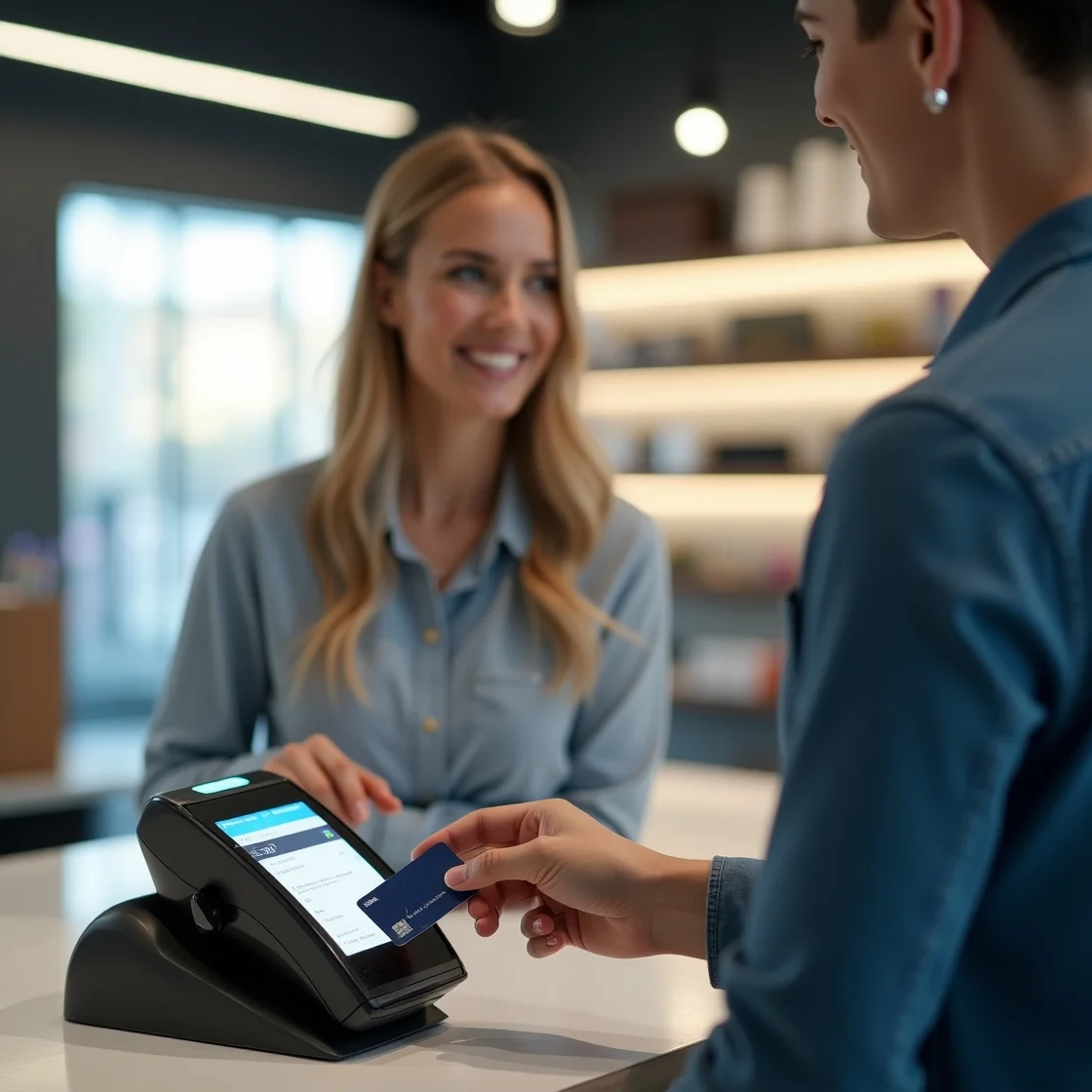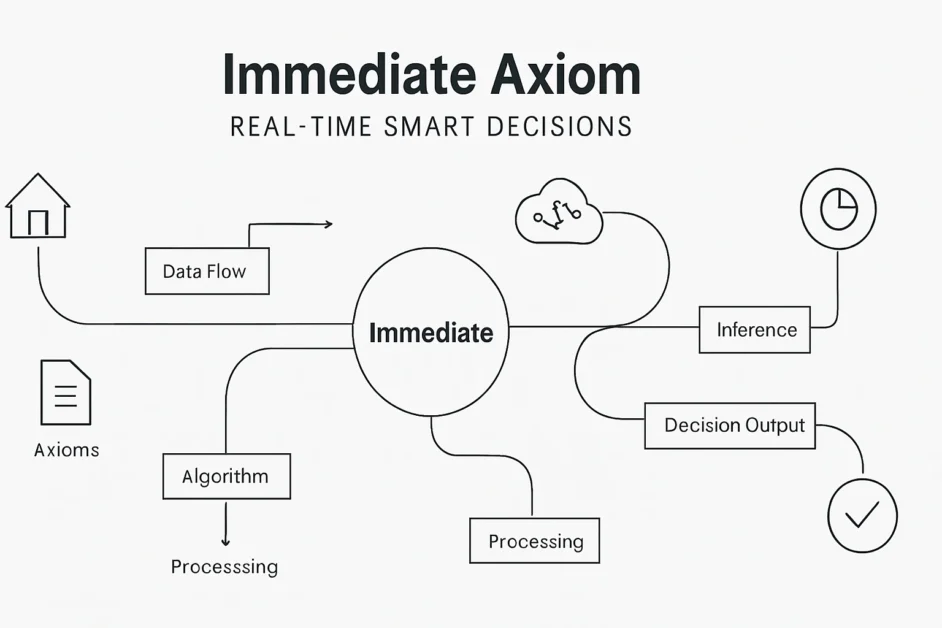Running a shop, café, or mobile service in 2025 almost guarantees one thing—customers expect to tap a card or phone and be done. A Card Machine streamlines payments, lifts sales, and builds credibility, yet many owners still wonder which device to choose and how much it will really cost. This guide unpacks everything in plain language so you can find the right fit and start accepting cards with confidence.
What Is a Card Machine and How Does It Work?
A card machine—also called a card payment terminal, chip-and-PIN machine, or credit card reader—is the hardware that reads a customer’s debit or credit card and routes the data to your payment processor. Inside, encrypted information travels through a payment gateway to the issuing bank. Seconds later you get an approval code, the sale completes, and funds land in your merchant account (usually in one to three days).
Modern machines handle magnetic-stripe, EMV chip, and NFC contactless payments, so whether the customer dips, swipes, taps a phone, or uses a smartwatch, the experience feels seamless.
Why Your Business Needs a Card Machine Today
Cash-only signs turn shoppers away. Digital-payment adoption has soared—about 75 % of adults worldwide used some form of digital payment in 2024, and the share keeps climbing each year. magecomp.com Accepting cards:
-
Increases average ticket size (people spend more when they’re not limited by the cash in their pocket).
-
Speeds up checkout compared with counting change.
-
Builds trust—card logos reassure customers you’re a legitimate operation.
-
Reduces the security risks of storing large amounts of cash on-site.
In short, adding a card machine is no longer a nice-to-have; it’s a baseline expectation.
Types of Card Machines Explained

Countertop POS Terminals
These plug directly into Ethernet or phone lines and stay on the counter. They’re sturdy, fast, and perfect for fixed retail or hospitality locations with reliable connectivity.
Portable Card Machines
Powered by Wi-Fi or Bluetooth, these units sit in a charging base but can roam your premises—ideal for tableside pay-at-the-table service or curbside pickup.
Mobile Card Readers
Small devices that pair with a smartphone or tablet via Bluetooth. They use 4G/5G or Wi-Fi and shine for festivals, markets, and delivery services where portability is essential.
Choosing among them boils down to where you serve customers, whether you need built-in printing, and how mobile your staff must be.
Card Machine Features That Matter
-
Connectivity options (Ethernet, Wi-Fi, 4G) keep transactions moving even if one network drops.
-
Contactless & mobile wallets support Apple Pay, Google Pay, and wearables for lightning-fast taps.
-
All-in-one POS software can track inventory, split tips, and email receipts right from the terminal.
-
Integrated receipt printer saves counter space.
-
Durability & battery life are critical for food trucks or pop-up shops.
-
Security hardware should be tamper-evident and PCI-PTS certified.
Make a shortlist of must-haves before talking to providers so you don’t overpay for bells and whistles you’ll never use.
Card Machine Fees and Contracts
Here’s what influences what you’ll pay:
| Fee Type | Typical Range | What It Covers |
|---|---|---|
| Card-present processing | 1.5 %–3.5 % per sale | Interchange, assessment, processor margin nerdwallet.com |
| Monthly service | $0–$25 | PCI compliance, customer support |
| Terminal rental | $15–$35 | Hardware lease (if not bought outright) |
| Chargeback | $15–$25 | Admin cost if a customer disputes a sale |
| Early-termination | Varies | Cancelling a long-term contract |
Some up-and-coming providers now waive monthly fees and offer flat-rate pay-as-you-go pricing. One example charges as little as 0.4 % + $0.08 per card-present transaction with no lock-in. helcim.com Always read the fine print—“free” hardware often comes with hefty cancellation penalties.
Security, PCI DSS, and Trust
Processing cards means handling sensitive data, so compliance is critical. PCI DSS version 4.0 became the sole active standard in March 2024, and 64 new “future-dated” requirements turn mandatory on 31 March 2025. ecsoffice.com Choose a card machine that’s already PCI-PTS-certified, and partner with a processor that handles encryption, tokenization, and real-time fraud monitoring.
Practical tips:
-
Keep terminals’ firmware up to date.
-
Change default admin passwords.
-
Train staff to spot card-skimming hardware.
-
Put tamper seals on exposed ports.
Taking security seriously protects customers and shields your business from fines or reputational damage.
How to Choose the Right Card Machine
-
Assess your sales environment—fixed checkout, tableside, or fully mobile.
-
Estimate transaction volume—some flat-rate deals are cheaper at low volume, while interchange-plus may win once you clear a certain threshold.
-
Compare total cost of ownership—hardware price + processing fees + add-on software.
-
Check contract terms—avoid multi-year auto-renewals unless the savings outweigh the risk.
-
Read support reviews—24/7 help can save a weekend if your machine goes down during peak hours.
Setting Up and Maintaining Your Card Machine

Set-up usually takes under an hour: connect to power, pair to Wi-Fi/Ethernet, create log-ins, and run a $1 test sale. Keep the device clean, update firmware monthly, and store spare receipt rolls. If you’re mobile, carry a power bank—dead batteries equal lost revenue.
Regularly reconciling your batches will catch processing errors early. Many modern POS dashboards offer real-time alerts if a settlement fails, so enable notifications.
Future Trends in Card Machines
Contactless isn’t the ceiling; it’s the floor. Analysts predict the wearable payments market will grow 20 % in 2024 alone. scoop.market.us Expect future terminals to:
-
Support QR-code payments to serve super-apps popular in Asia.
-
Offer biometric verification right on the screen for high-ticket sales.
-
Integrate AI to flag fraudulent transactions before they finish processing.
-
Accept crypto or CBDC payments as regulations mature.
Upgrading to a flexible, cloud-based POS now ensures you can toggle on new tender types with a simple software update instead of buying new hardware every two years.

Card Machine FAQs
Do I need a dedicated merchant account?
Some aggregators (think Square) bundle merchant services, but high-volume merchants may save money with a standalone account and interchange-plus pricing.
How long until I receive funds?
Most processors settle in T+1 or T+2 business days, though instant payouts are available for an added fee of about 1 %.
What if my internet goes down?
Choose a terminal with offline mode or dual-SIM cellular backup so you can store transactions temporarily and sync later.
Is tap-to-pay safe?
Yes. NFC uses secure tokens and unique transaction authentication, reducing the risk of card skimming.
Final Thoughts
Adding a Card Machine is one of the quickest ways to boost sales, strengthen customer trust, and future-proof your business against a world that’s rapidly ditching cash. By understanding device types, fee structures, and upcoming PCI DSS changes, you’ll choose equipment that serves both your bottom line and your customers’ expectations.
Ready to start taking fast, secure card payments? Reach out to a reputable provider today and make checkout the easiest part of every sale.


